Nest Doorbell (wired, 2nd Gen) vs. Ring wired: Two heads of the same coin
These two video doorbells share quite a few basic features, but getting the advanced options will cost you.
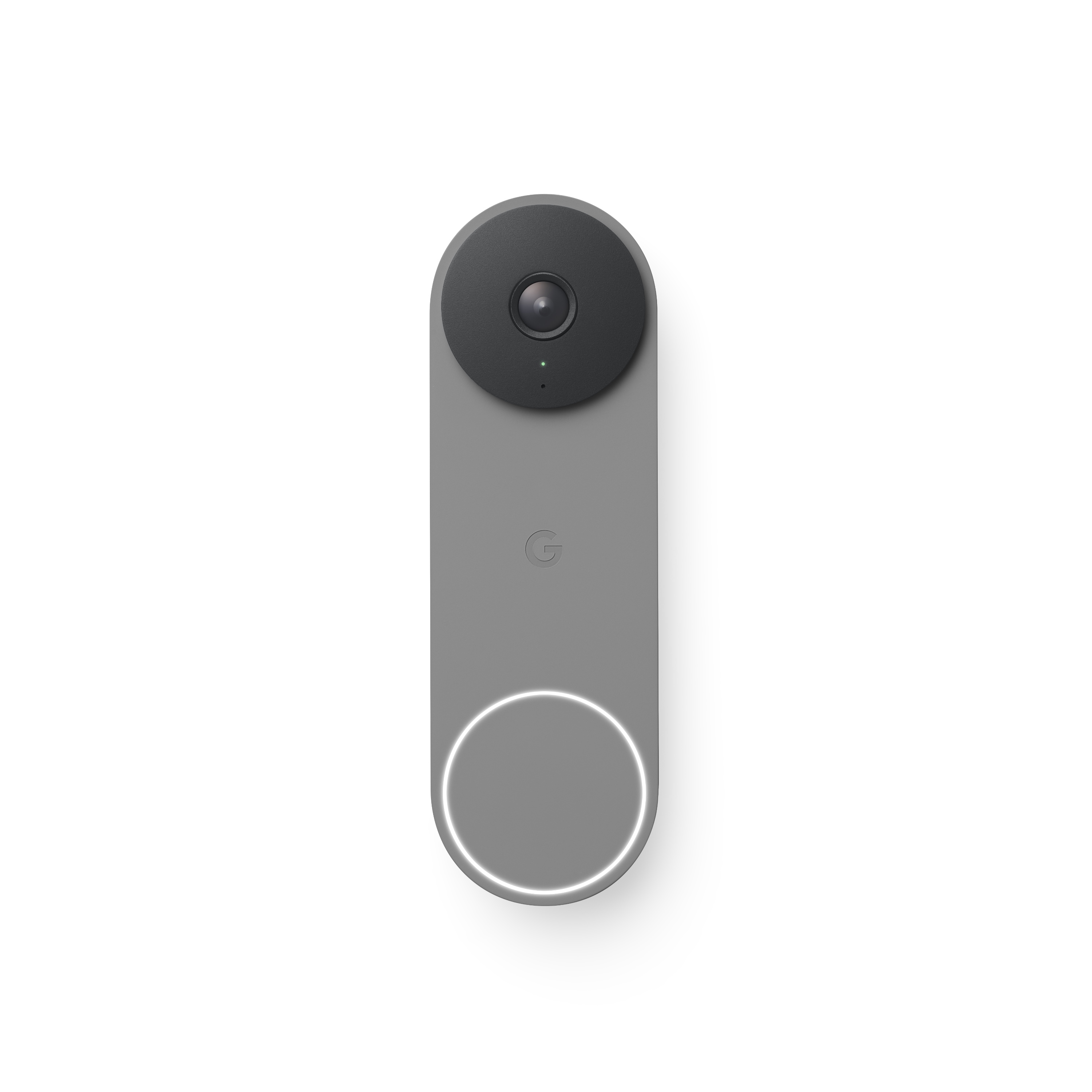
Google's updated Nest Doorbell brings a refreshed design along with improved optics, faster processing, better AI detection methods, and more. The biggest downside, aside from the price, is that some basic functions are kept behind a subscription.
For
- Improved design
- Easy setup
- Solid video quality
- Helpful AI detection features
- 24/7 recording without a subscription
Against
- A subscription is necessary if you want more than 3hrs of event history
- Night vision could be better
- The speaker is a little weak
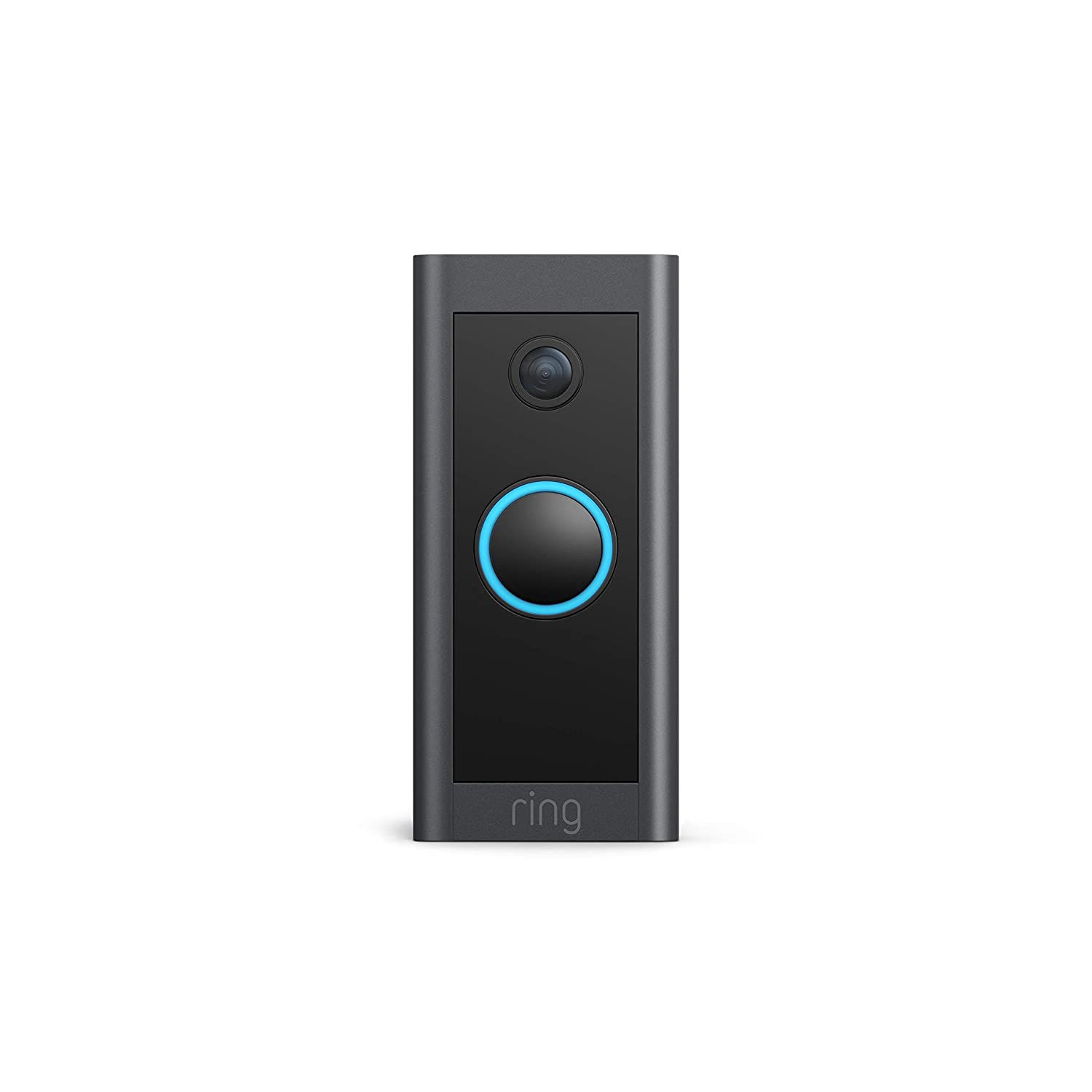
The Ring Video Doorbell Wired is the least expensive option from the smart home security brand, but that doesn't mean it isn't a solid option for some folks. It has good integration with other Ring devices and offers helpful features. Even if many require a subscription to access.
For
- Affordable price point
- Ring Protect is less than Nest Aware
- Crisp HD video
- Helpful detection features
Against
- Detection features aren't as advanced as Google's
- Only comes in black
- Dated design
Both Google and Ring have been making video doorbells for a few years. However, Ring was one of the first in the segment and has produced many versions of its popular video doorbells. On the other hand, Google has opted to use its software and AI prowess to update its devices rather than offer new hardware. The latest Nest Doorbell (wired, 2nd gen) brings both a new design and new features, making it ready to go head-to-head with the Ring Video Doorbell Wired. How does it all shake out? Let's get into it.
Nest Doorbell (wired, 2nd Gen) vs. Ring wired: Similar, but not the same
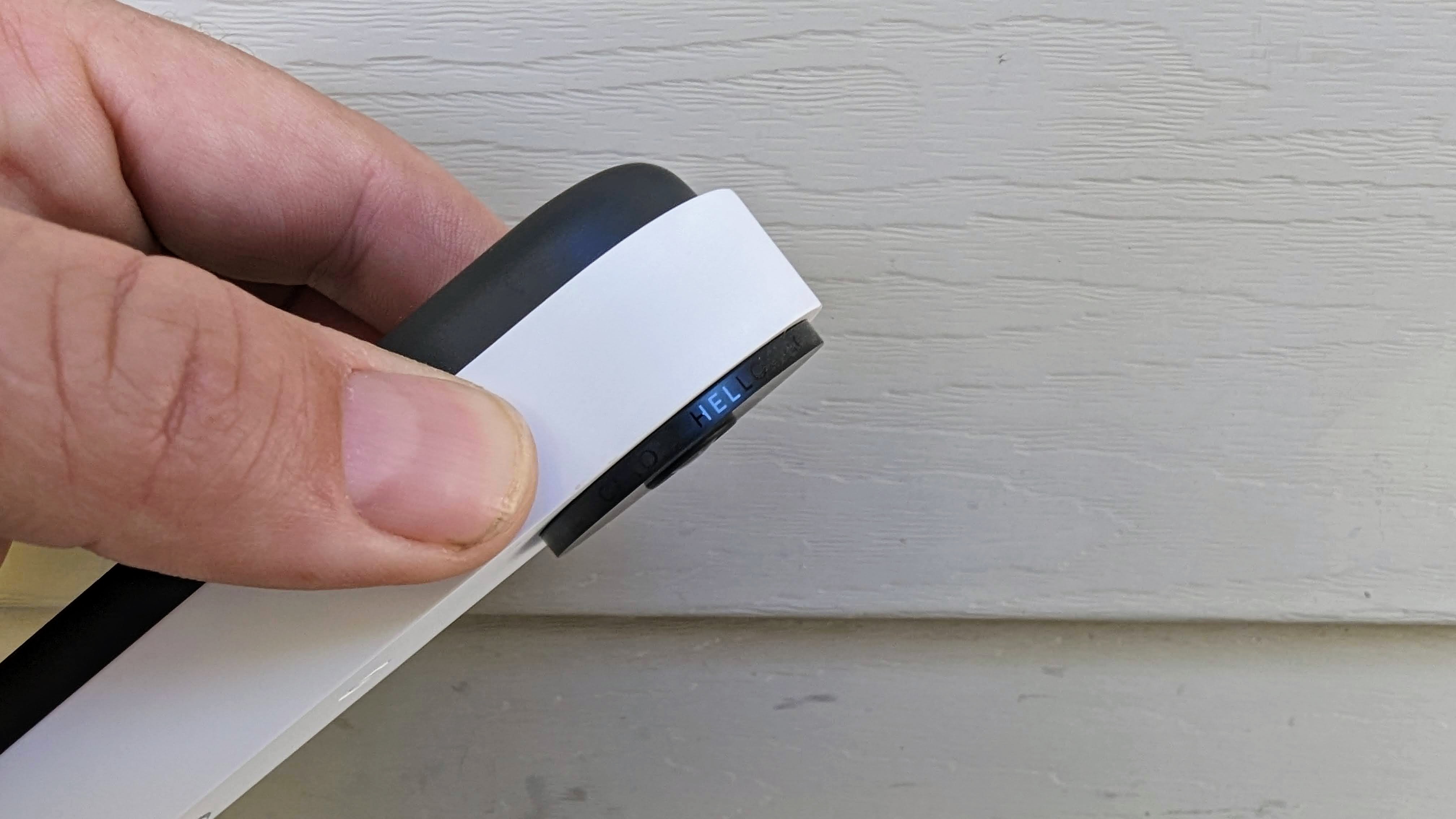
On the surface, these two excellent video doorbells couldn't look more different. Ring is using its tried and true industrial rectangular design in all black. Whereas Google is using a more modern style with a rounded top and bottom, with four color options to better blend in with the exterior of your home.
Google and Ring have done a fantastic job walking users through the installation process. Ring leans on its long history in the video doorbell industry to give easy instructions through the Ring app. However, Google's Nest Doorbell is set up through the Google Home app rather than the Nest app. I found the process to be clearly laid out during my installation for the review.
Google and Ring have had plenty of practice in helping users install and set up their devices.
Though Ring offers a chime extender, unless you specifically purchase the package with it included, it isn't part of a standard option like the Nest Doorbell.
Something else that comes with the Nest Doorbell is a wedge for angling the device to ensure it is pointing exactly where you want it to. Ring offers various accessories for the Video Doorbell Wired, including a wedge and faceplate, but they must be purchased separately.
| Header Cell - Column 0 | Nest Doorbell (wired, 2nd Gen) | Ring Video Doorbell (wired) |
|---|---|---|
| Doorbell Dimensions | 5.2 x 1.7 x 1.1 in. (42 x 28 x 131 mm) | 3.98in x 1.8in x 0.88 in (101 x 45.7 x 22.4 mm) |
| Colors | Snow, Ash, Linen, Ivy | Black |
| Connectivity | 2.4GHz and 5GHz Wi-Fi (802.11b/g/n), Bluetooth Low Energy (BLE) | 2.4GHz Wi-Fi (802.11b/g/n) |
| Wireless Security | WEP, WPA, WPA2, WPA3 encryption supported | Storage encrytion, Transmission encryption, End-to-end encryption |
| Expandable storage | 🚫 | 🚫 |
| Two-way communication | ✔️ | ✔️ |
| Speaker | ✔️ | ✔️ |
| Camera resolution | HD, 960x1280 pixels 3:4 aspect ratio, up to 30 FPS, HDR, 1/3-inch 1.3-megapixel color sensor, 6x digital zoom | 1080p HD |
| Viewing area | 145° diagonal | 155° horizontal, 90° vertical |
| Night vision | 10 850 nm IR LED up to 10 ft | IR LED Night vision |
| Smart features | Smart intelligence detection for: person, package, vehicle, animal, familiar faces (paid feature) | Pre-Roll Video Previews, Motion detection, Advanced features require a subscription |
| Weatherproof | IP54 | Weather-resistant |
| Power | Hardwired (16V AC ~ 24V AC, 10 VA Minimum, 50/60Hz) | Hardwired (10V AC ~ 24V AC, 10 VA Minimum, 50/60Hz) |
| Wireless chime | 🚫 | 🚫 |
Looking at the specs above, there are a lot of similarities between the two video doorbell hardware. Both are 1080p video, offer two-way communication, must be hardwired to your home, and more. But the difference between the two, aside from the aesthetics, is in the software and smart features.
Much like with its excellent Android phones, like the new Pixel 7, Google has the ability to take less than stellar hardware and make it amazing thanks to software. The Nest Doorbell (wired, 2nd gen) utilizes machine learning to offer impressive motion detection and more. While you'll get customizable detection zones and free event recording, many of the more impressive features are locked behind a subscription.
Unfortunately, Ring and Google have chosen to lock many of the best features, some basic ones, too, behind subscriptions.
The Nest Doorbell is capable of 24/7 recording, but unless you pay the minimum of $6/mo, you only get three hours of event recording. The base subscription gains you 30/days of event recording, while the $12/mo Nest Aware Plus nets you the full 24/7 history. Those subscriptions also gain you access to the Familiar Faces detection feature, along with vehicle, pet, and package detection.
As for Ring, it is a lot of the same with basic motion detection and two-way communication. But if you opt for the base $3.99/mo Ring Protect subscription, you'll get person alerts, improved notifications, and a few other perks. But neither video doorbell offers on-device storage. So you'll have to pay something in order to have your video doorbell's recording stored in the cloud.
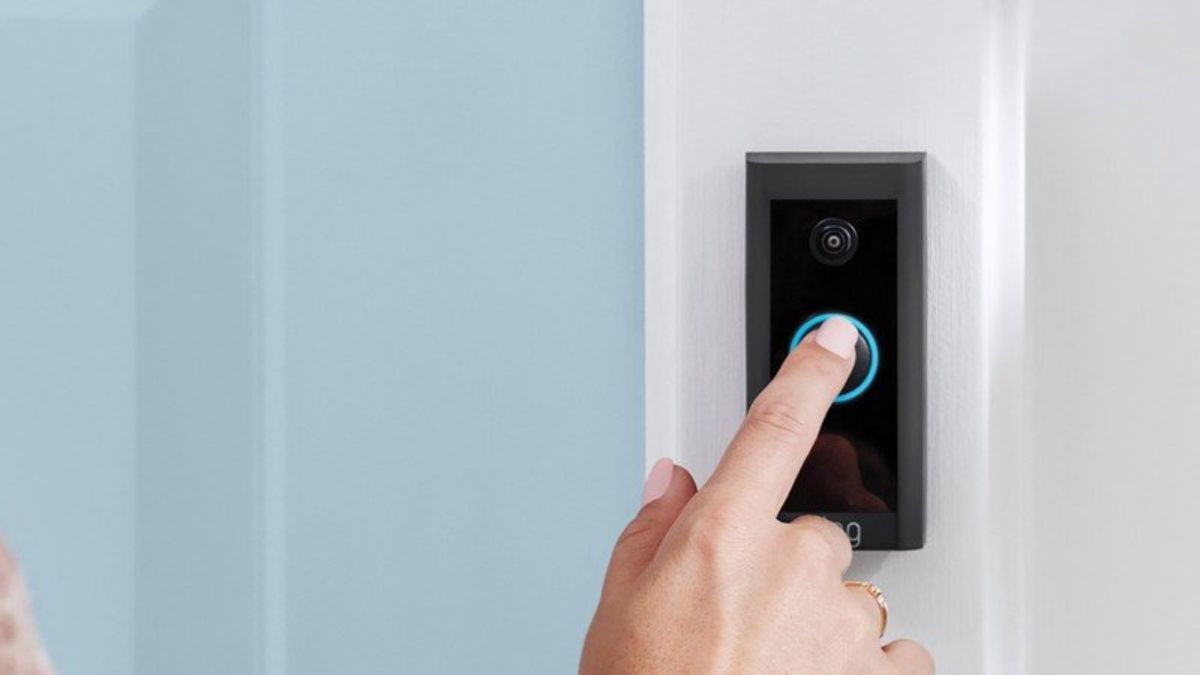
Both services offer enhancements that are almost necessary for some instances, like getting extended recording access. The improved detection features are great and another necessity, depending on your situation. But you can use the Ring Video Doorbell Wired and Nest Doorbell (wired, 2nd gen) without paying any additional fees.
Overall, the Familiar Faces feature of the Nest Doorbell works quite well. It will detect faces and allow you to tell if the person is somebody you know. Then the next time they are seen by the doorbell, you'll be notified of that specific person's arrival. In my testing of the device, the other smart detection features also worked quite well.
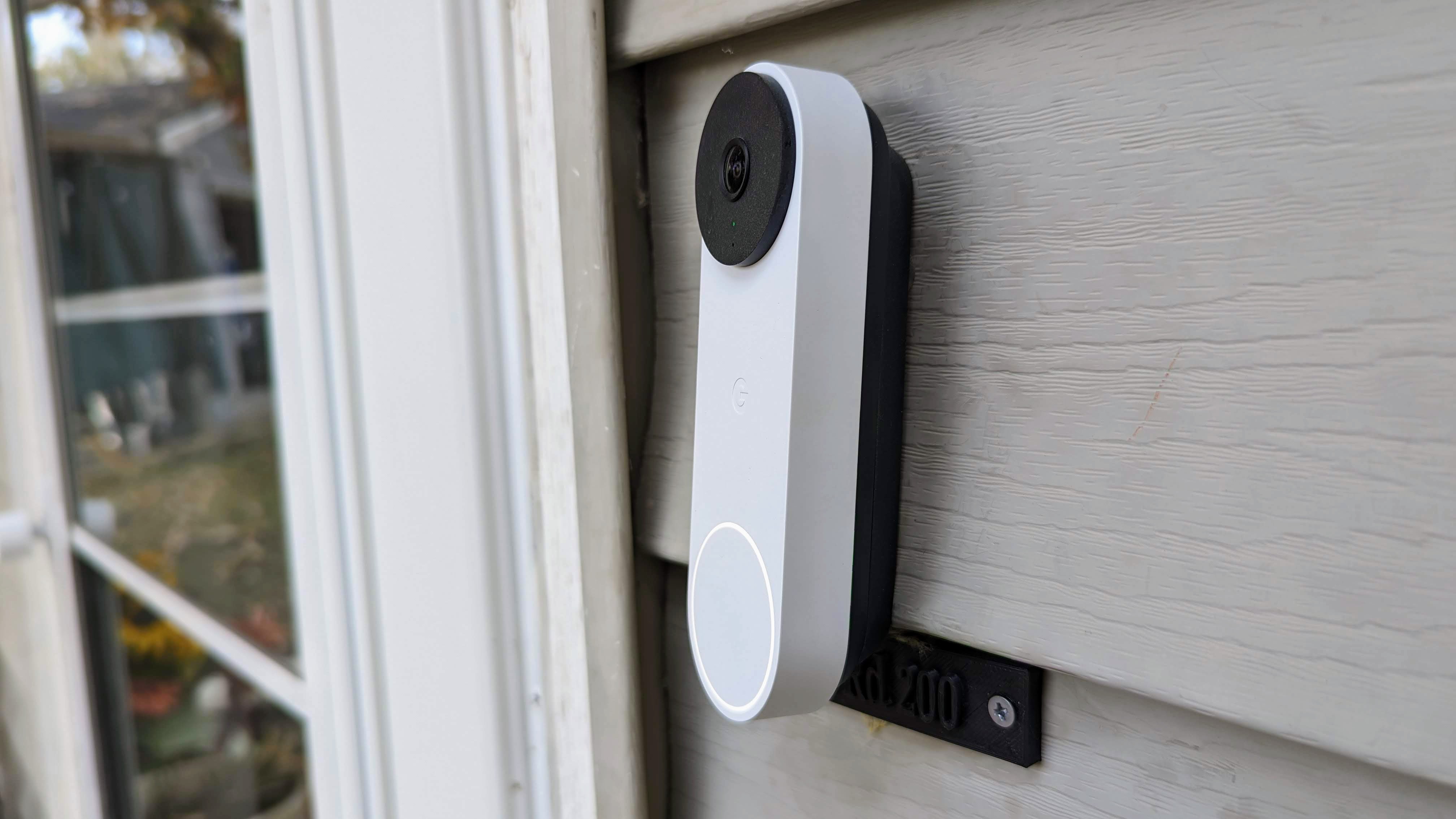
While the Ring Video Doorbell Wired doesn't offer as advanced detection features, the device itself does cost a fair bit less than Google's option. Also, the subscription isn't as expensive either. But, even with Ring Protect, the video doorbell isn't as robust as the Nest Doorbell.
Ring's Video Doorbell Wired pairs wonderfully with Alexa and other great Ring devices. You can get notifications from your smart speakers when someone presses the button, and if you use an Alexa smart display like the Echo Show 15, you can also see a live view from your doorbell.
As for the Nest Doorbell (wired, 2nd gen), it offers similar integration but with Google Assistant. So you can have your favorite Google Assistant smart speakers notify you of when somebody is at the door or see who's there on something like the Nest Hub Max.
Nest Doorbell (wired, 2nd Gen) vs. Ring wired: Which should you buy?
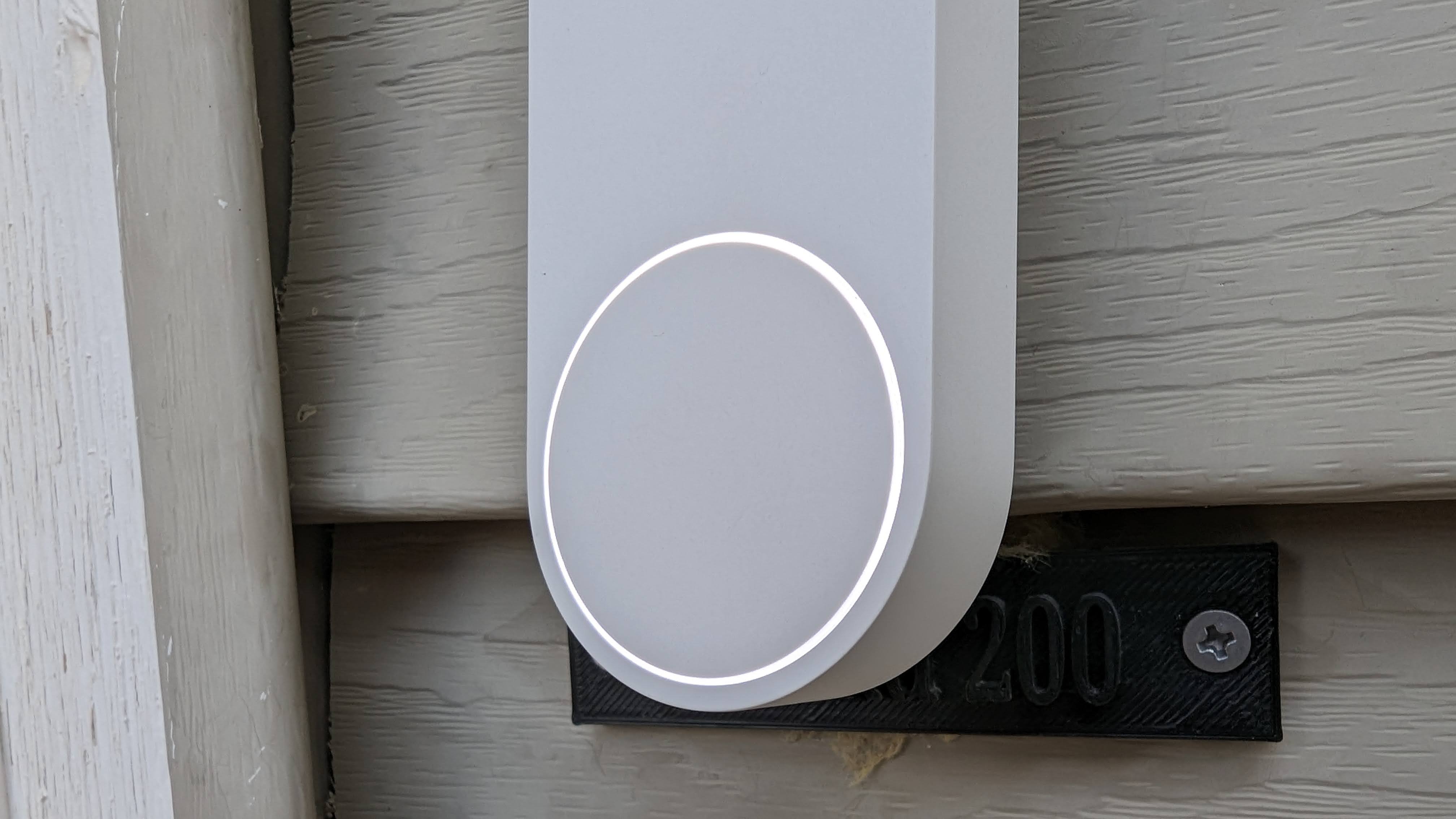
Which is best for you really comes down to two things — budget and ecosystem. The Ring Video Doorbell Wired cost less upfront and monthly. It offers the same 1080p resolution, two-way communication, and motion detection. The subscription does gain you a few additional, and helpful, features. But, if you prefer Google Assistant over Alexa, then you'd be better served going with the Nest Doorbell (wired, 2nd gen).
Another benefit of the Nest Doorbell option is the more sophisticated detection methods. It can do a better job of filtering out and notifying you of specific instances. Rather than simply telling you motion has been detected. But, you'll pay more to get started and to obtain those advanced detection features monthly. You also will likely get more software improvements over time as the tends to be Google's method with hardware.
Whichever you decide, you'll have a very good video doorbell that can keep an eye on your door and help keep you in the loop when visitors arrive.
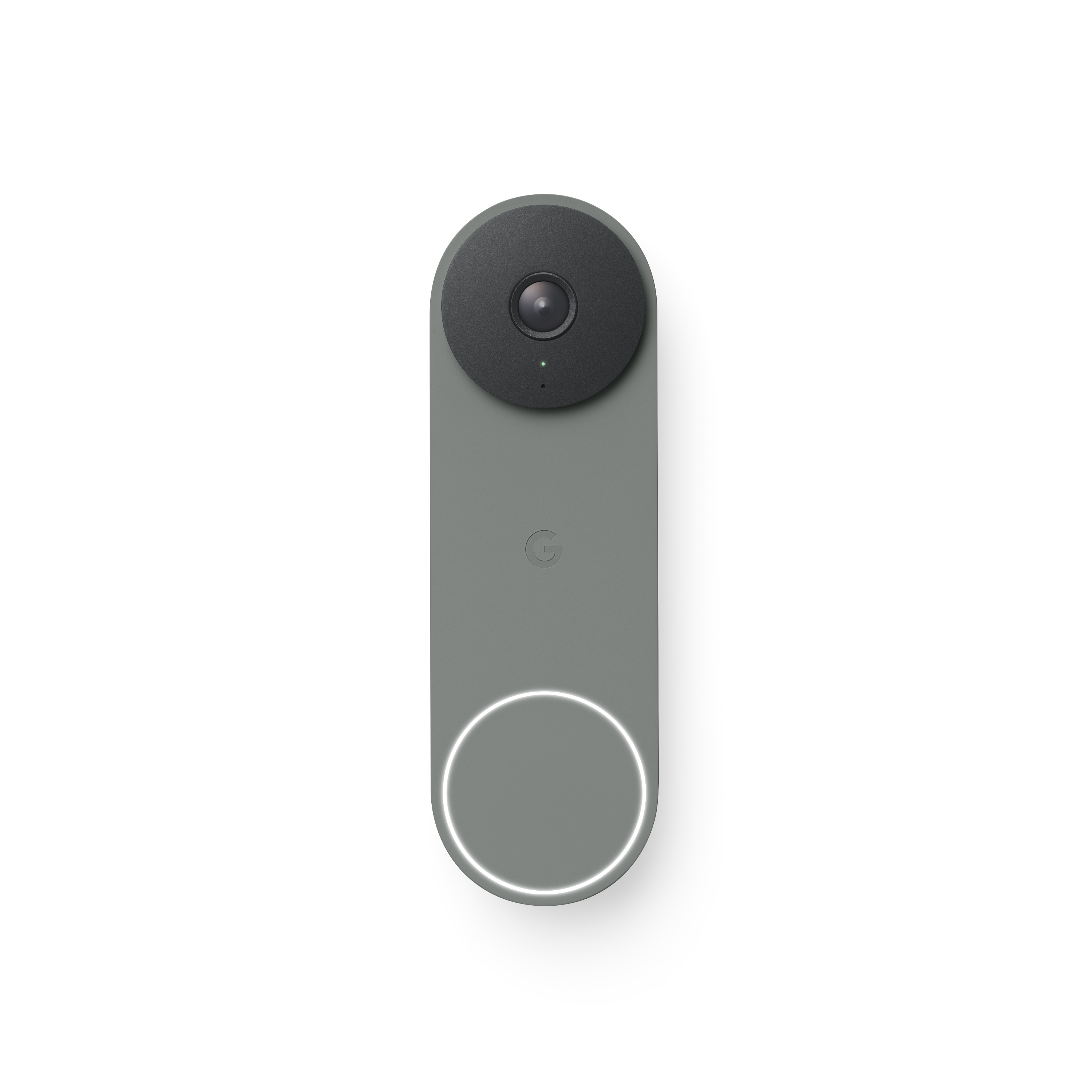
The Nest Doorbell (wired, 2nd gen) pick up the design from its battery-powered sibling, but gains the ability to record 24/7. You'll also have advanced detection features like pets, vehicles, packages, and Familiar Faces. But, to get those options you'll have to pay for a Nest Aware subscription.

A low-cost way of getting a great video doorbell. While it doesn't offer the most advanced detection features, it offers good video and solid motion detection. To get the full-benefit of the device you'll need to pay a monthly subscription for Ring Protect.
Be an expert in 5 minutes
Get the latest news from Android Central, your trusted companion in the world of Android

